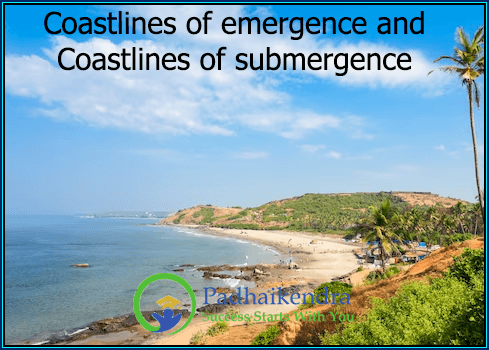A coastline of emergence, also known as an emergent coast or a raised beach, is a type of coastal landform that is created by changes in sea level. This type of coastline is characterized by a raised shoreline that was once at or below sea level, but has been lifted above it due to tectonic uplift, isostatic rebound, or a combination of both.
Coastlines of emergence can be found in a variety of settings, including along tectonically active regions, areas of isostatic rebound following glaciation, or regions where sediment deposition has caused the land to rise. In some cases, coastlines of emergence can extend for hundreds or even thousands of kilometers.
One of the most well-known examples of a coastline of emergence is the Pacific Coast of North America, which extends from Alaska down to California. This coastline has been gradually rising for millions of years due to tectonic uplift along the San Andreas Fault, resulting in a series of raised beaches and terraces that are visible along the coast.
Coastlines of emergence can also have important ecological and cultural significance. Raised beaches can provide habitat for unique plant and animal species that are adapted to the unique environmental conditions of the area. Additionally, these landforms can also have cultural significance for indigenous communities who have lived along the coast for thousands of years and have developed unique cultural traditions and practices tied to the land. Overall, coastlines of emergence are an important example of the dynamic and ever-changing nature of our planet’s coastlines.
A coastline of submergence, also known as a submerged coast or a drowned coast, is a type of coastal landform that is created by changes in sea level. This type of coastline is characterized by a submerged shoreline that was once above sea level but has been flooded due to a rise in sea level.
Coastlines of submergence can be caused by a variety of factors, including global climate change, melting of polar ice caps, and changes in ocean currents. These changes can cause sea levels to rise and flood low-lying coastal areas, resulting in the creation of submerged coastlines.
One of the most well-known examples of a submerged coastline is the Lost City of Dwarka, located off the coast of Gujarat, India. This ancient city was said to have been built by Lord Krishna and was believed to have been submerged by the sea due to a catastrophic flood.
Coastlines of submergence can have significant ecological and cultural impacts. The flooding of coastal areas can cause the loss of important habitats and ecosystems, as well as the displacement of human populations that rely on these environments for their livelihoods. Additionally, submerged coastlines can also have cultural significance for indigenous communities who have lived along the coast for thousands of years and have developed unique cultural traditions and practices tied to the land. Overall, coastlines of submergence are an important example of the dynamic and ever-changing nature of our planet’s coastlines.





